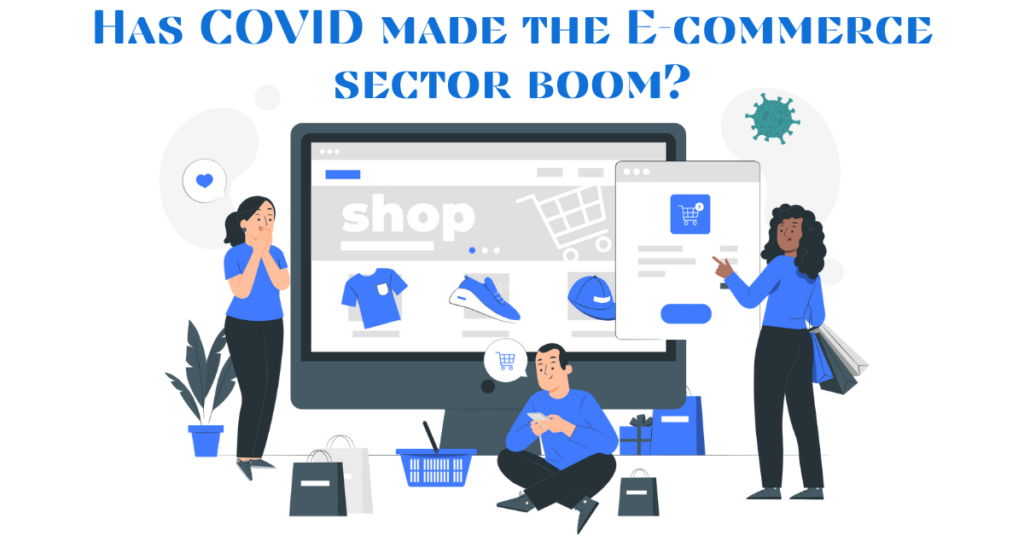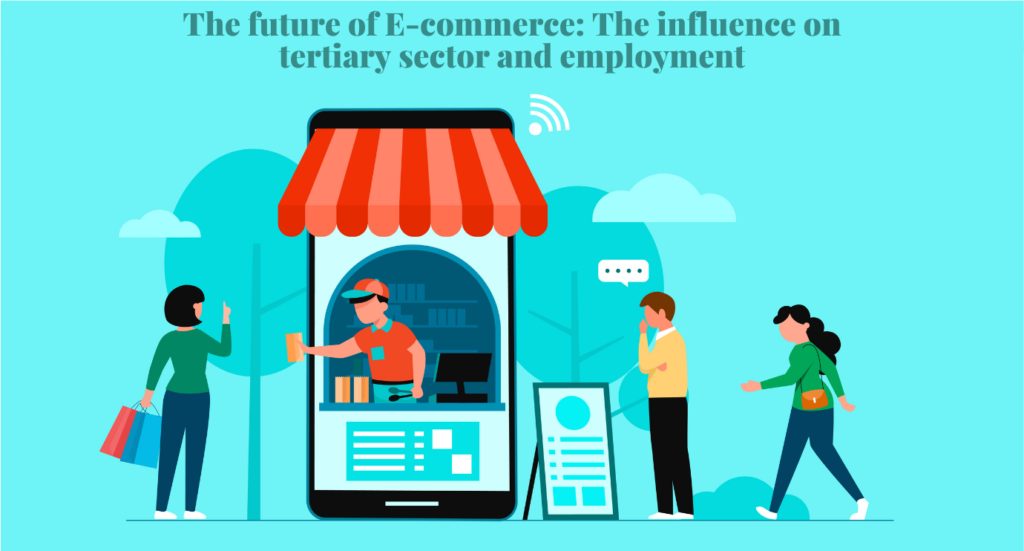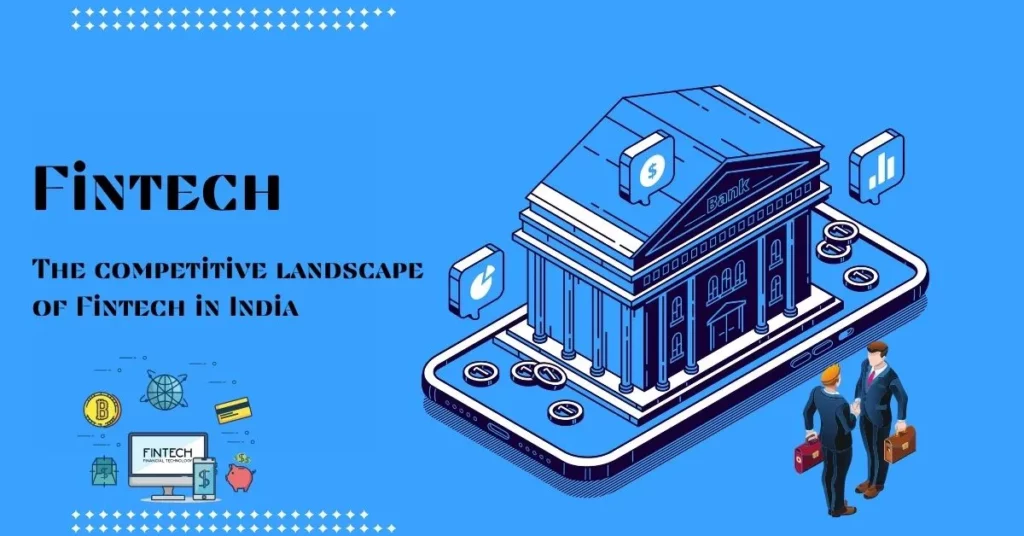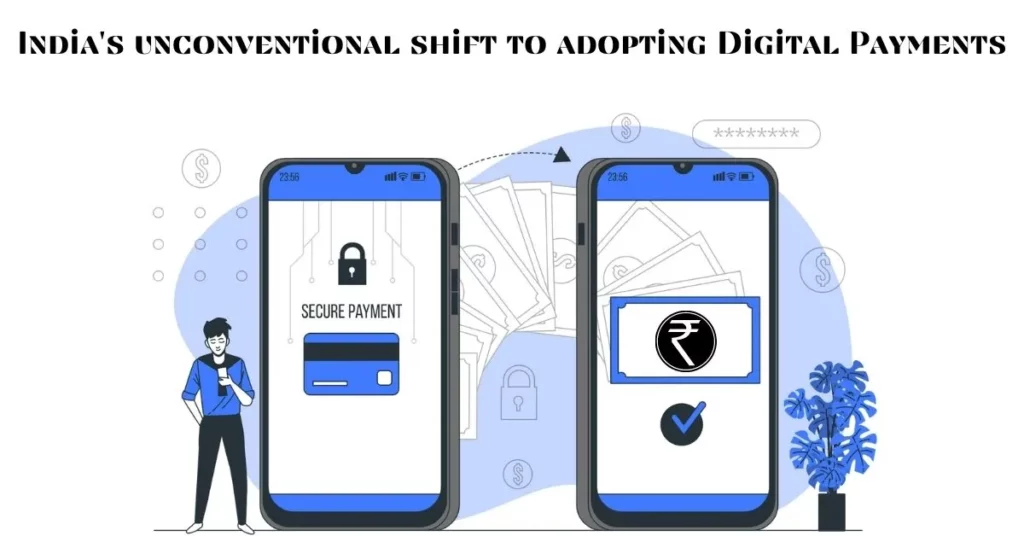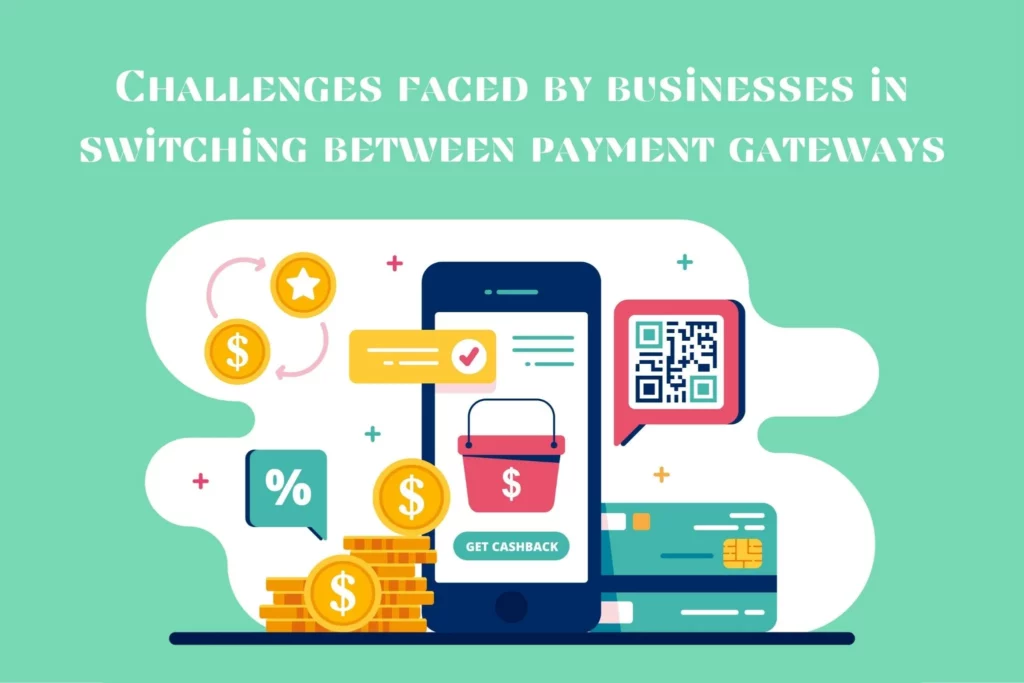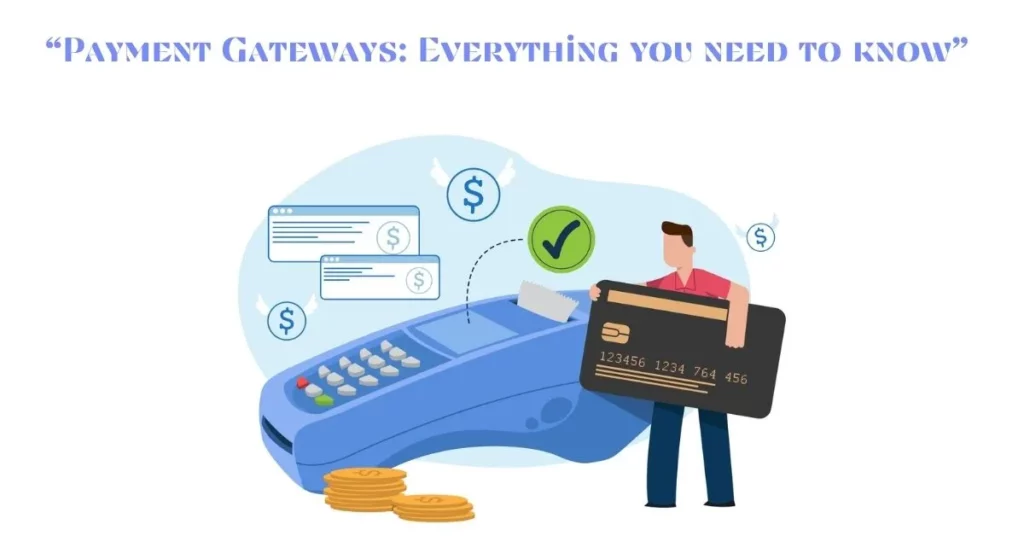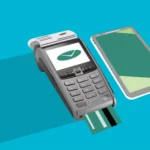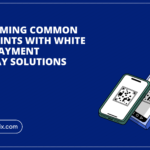E-commerce is not the traditional way of running a business but the modern way. Electric communication between two or more people makes it an e-business. You want to buy something? It’s just a click away. You want to sell something? It’s just a click away again. Whether you are a consumer or a seller, e-commerce makes the process convenient for both the parties. Especially with COVID present in the world, the internet has played a crucial role in making things easier.
E-Commerce is not just limited to buying physical goods online but also the services offered by businesses and digital products. The Internet gives sellers another option to showcase their products in front of the consumers. Even though COVID disrupted economies all over the world because of multiple lockdowns being imposed to protect the citizens, it turned out to be a boon for the E-commerce sector and gave it an upper hand over the retail sector.
1. PRE-COVID AND IN-COVID SCENARIO
Pre-pandemic period had everyone divided. Both the physical and online markets went hand in hand and the global online shopping rate was also growing steadily by 4.5% every year. How did e-commerce pave its way upfront then? 2020 goes down as the year when everything went through a massive landscape shift due to several restrictions. The virtual world existed already but the pandemic triggered the unplanned growth of it.
With Social distancing limiting the options and consumers not willing to step out until required urgently, it disrupted the physical buying and selling process. Local shops, supermarkets, malls, etc., were replaced by online shopping portals and the tilt towards the digital world changed the perception of E-commerce, making the sector flourish rapidly.
Related Article: What made FinTech thrive in the era of the COVID-19 Pandemic?
2. THE GROWTH OF E-COMMERCE
Pandemic pressed the fast-forward button to e-commerce growth and elevated the chance of growing a business amidst the crisis. It also turned the consumers towards online portals from buying basic necessities to luxurious goods. New businesses entered the market and the old ones changed their strategies to thrive digitally. Social-media platforms turned into e-business platforms for various small-scale startups. B2B (business to business – a company purchasing goods or services from another company), B2C (business to customer – consumer purchasing online from a business), C2C (customer to customer – individuals selling goods to each other without owning a business), C2B (Consumer to business – consumers creating value for a business) and other models with a strong strategy shift thrived and grew rapidly due to the uncertainties of COVID. Internet and smartphone penetration has induced a boom in the e-commerce market and healthcare, beauty and wellness categories thrived along with groceries and apparel.
3. CONSUMER BEHAVIOUR AND SHOPPING PATTERNS
It is obvious that e-commerce has made shopping convenient for us and we don’t want to wait in lines anymore. Who doesn’t want to shop from the comfort of their bed in just a click? Electronic commerce allows the users to do hassle free shopping and selling. There’s no time wastage as compared to the traditional way of shopping.
The businesses read the room and make products suiting the needs of the consumers and the consumers get a chance to compare, personalize and explore through a sea of products. Location and availability issues aren’t issues anymore with everything becoming virtual and the great deals and offers? Nobody wants to miss them. Almost anything can be purchased online, from groceries to branded goods. Some consumers want to stay loyal to digital giants because of the services they provide and some want to support small local businesses, either way it’s e-commerce getting a boost.
E-commerce triggers e-payments. Consumers are moving towards the cashless exchange of products. This is where PayoMatix comes into the picture. Consumers prefer using digital wallets, debit or credit cards instead of COD and the global percentage of people using e-payments grew by 22.2% during the pandemic.
4. E-COMMERCE TRENDS IN COVID
In just the second half of 2020, most of the businesses moved online as Corona peaked.
- The newest product category was groceries which went ahead to be a success. Earlier, people used E-commerce usually for luxury shopping but with COVID, people relied on it even for groceries since the retail market was shut. Now, consumers are likely to order from online retailers because of the addition of a wide range of product categories.
- Social-media platforms took the advantage and announced new business friendly updates in the apps. The shoppers can now browse products on social media as well. It has become easier to promote and advertise products and the digital world is starting to become the new normal.
- Along with GenZ, the millennials also shifted towards online shopping during the pandemic bringing a change in online consumers’ age group.
- Wasn’t online shopping already easy? The businesses incorporated voice search making it simpler for consumers to look through a variety of products. The digital giants also have chat bots to help customers.
- Diverse payment methods offer the consumers a right to choose which provides them with flexibility, building their trust in return.
- Omnichannel approach helps the business boom by providing seamless experience to the consumers. A retailer uses the multichannel format, like being present on mobile apps, social-media and websites all together offering a unified experience.
CONCLUSION
Digitalisation has become the new normal and taken the centre stage with everyone opting to go online to fulfilling their needs. From the retailer’s point of view, with increasing online methods and rising consumer expectations, the sellers will have to focus on growing their presence online and changing strategies to stay in the competition.
The pandemic has impacted the patterns deeply and the virtual world is expected to flourish consistently in the coming years due to the change in consumer behaviour. It was a sudden shift no doubt but the impact will be lasting for long. Even though the COVID situation is changing slowly for good, digital literacy is making more and more people shift online. Work from home has already taken the world by storm with business giants inducing this as a permanent working option, shop and sell from home is not behind in the race.
Not to forget, E-commerce sector also provided everyone an equal opportunity to shop and have access to the things they needed when restrictions were imposed differently in different regions depending on the impact of catastrophe. With it solving some significant real-life problems when life got hard as well as the change in people’s shopping pattern which is likely to stay with them even when the pandemic ends, the demand for this virtual commerce is only likely to rise in the coming future.


